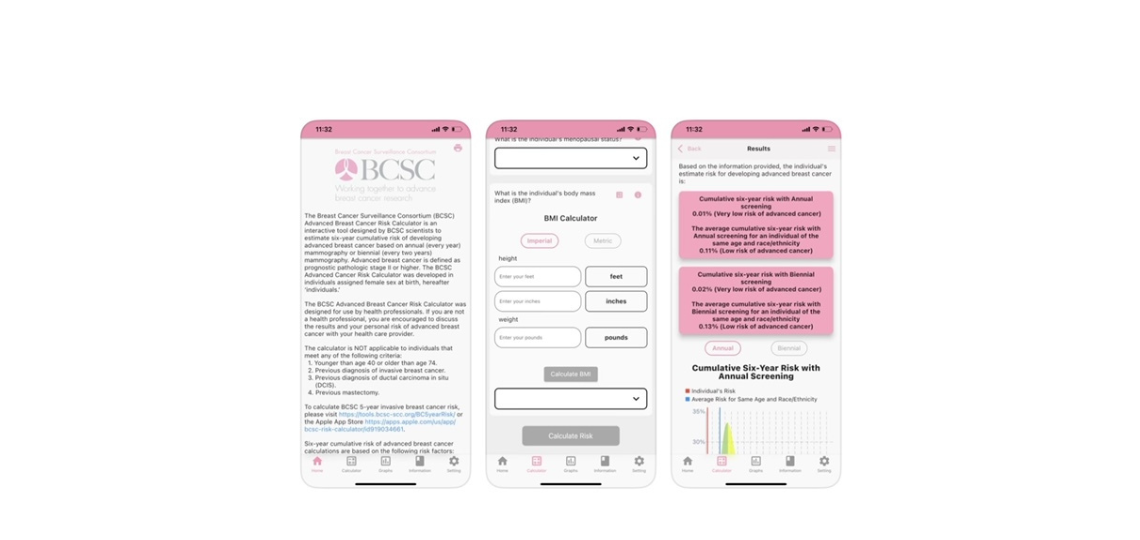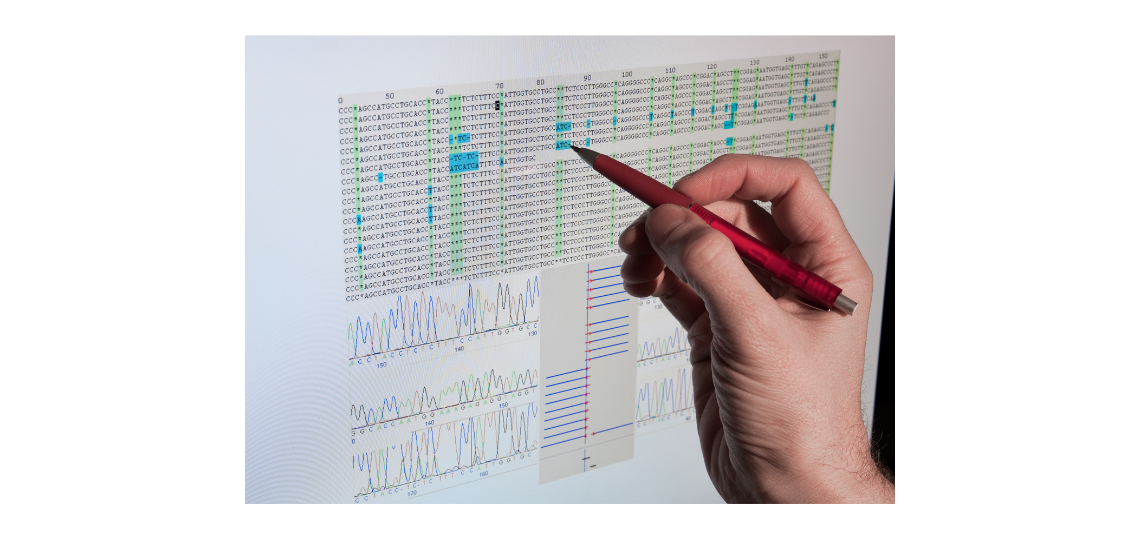Breast cancer risk models (also referred to as risk assessment tools and risk calculators) were a big topic in the news this Spring as celebrity Olivia Munn announced use of a breast cancer risk assessment tool by her doctor to assist in identifying her elevated risk, which subsequently helped lead to her breast cancer diagnosis. To educate and empower our community about the use of risk models we hosted a Community Forum on the topic (watch the recording here), and wrote this article to explain what these models are, and how they are used in WISDOM.
A breast cancer risk model is a statistical tool that estimates a woman’s risk of developing breast cancer over a specific period of time, or for her lifetime. These models use a woman’s personal information and medical history, as well as the history of breast cancer in her family, to calculate her risk.
Risk models can help doctors and patients make informed decisions about screening, reducing risk, and navigating high-risk gene mutations for a variety of conditions. For example, a woman may decide to start mammographic screening if her risk is higher than another woman’s, or she may decide to take a risk reducing drug such as Tamoxifen.
There are many breast cancer risk models in use because researchers and clinicians use different risk factors and populations to calculate breast cancer risk. Examples include the Breast Cancer Surveillance Consortium (BCSC) model, the Gail model (BCRAT), and the Tyrer-Cuzick model (IBIS). Risk models can include standard factors like family history, reproductive history, and hormonal factors. They can also include mammographic density, DNA testing, and genetic mutations. Researchers may compare different groups of people to see how risk factors and lifestyle/behaviors influence risk.
The WISDOM Study utilizes the Breast Cancer Surveillance Consortium (BCSC) overall breast cancer model. This validated breast cancer risk assessment tool is frequently updated to reflect new findings around breast cancer risk and is a large component of our risk assessment (to note, we also incorporate breast density, BI-RAD scores, and genetic risk information into our assessment). The BCSC was recently updated to Version 3 to include Body Mass Index, extended family history of breast cancer, and age at first live birth. By adding these important risk factors into the model, doctors and researchers will be able to better estimate each woman’s individual risk. Additionally, the BCSC has developed an advanced breast cancer model that helps to predict risk of developing late-stage breast cancer. These updated models will be implemented into the WISDOM Study in the coming year.
- To learn more about Breast Cancer Risk Models/Risk Assessment Tools, please watch our Community Forum led by Dr. Lisa Madlensky.
- To learn more about the Breast Cancer Surveillance Consortium, please visit their website.
- For information about the overall BCSC recent update, read this article.
- To learn more about the advanced breast cancer model read this article. (Fun fact- One of WISDOM’s investigator, Dr. Jeff Tice, is quoted).
Have questions about our risk assessment and risk model? Please email us at info@wisdomstudy.org. We’re here to educate and empower you for optimal breast health.



